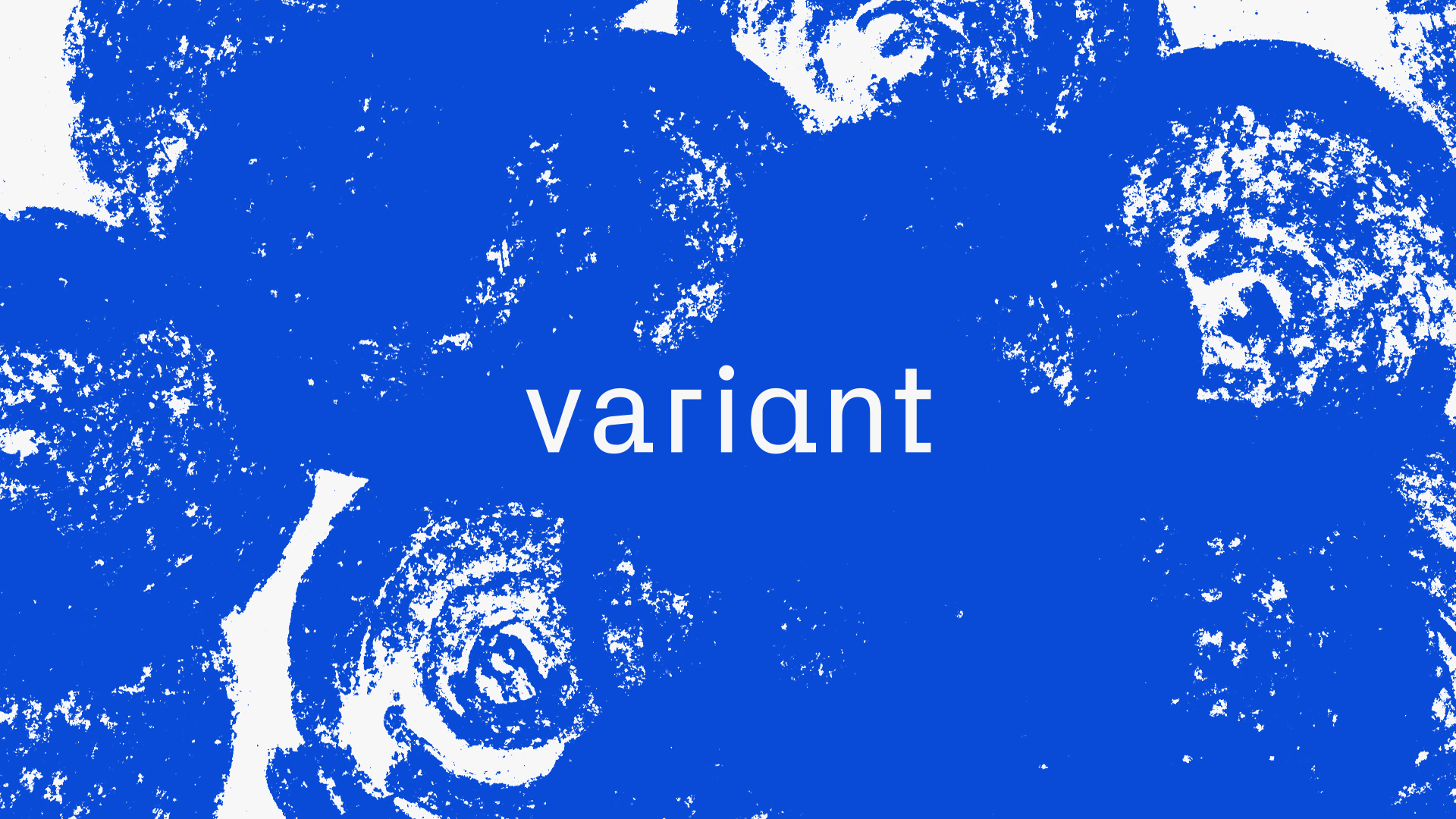Li Jin

Web3 Social Media Under the Lens
Key takeaways from a conversation with Lens Protocol
A decade ago, Linkin Park was the biggest band in the world—or, at least, the most popular music group on Facebook, accruing 56 million followers and 58 million likes. Facebook was the band’s de facto landing page; they used it not only to announce music releases and concert dates but also to launch a 2013 video game.
And then Facebook changed its algorithm, as it often does to maximize the metrics that lead to higher revenue for itself. According to guitarist Mike Shinoda, Facebook told the band it would cost “a Super Bowl ad every time you want to post and reach 100% of your fans”; free posts would be seen by just a fraction of the band’s followers.
The algorithm was standing between the artist and its audience.
But Facebook and other web2 social media platforms are in clear decline due to algorithmic adjustments and extractive monetization strategies. The advent of web3 means value no longer needs to accrue primarily to social media intermediaries whose main utility is facilitating connections. With web3 social networks, more of the value goes to the users and those contributing the content that makes the network valuable in the first place.
What is web3 social?
Last December, as I looked toward 2023, I predicted that decentralized social networking would be “the next big thing.” These platforms can operate in any number of ways, but they share a few characteristics, including censorship resistance and user control over data.
Web3 social implicitly utilizes blockchain technology and tokenization, differentiating it from federated models and other forms of decentralization. Whereas the web2 social business model all but requires the harvesting of user data to gin up advertising and subscription revenue, web3 social can minimize—or even completely remove—interference by a platform. In web3 social, the goal is to link users and attract developers, then get out of the way as much as possible.
In February, I had the opportunity to host a Twitter Spaces discussion with Stani Kulechov, founder of web3 social graph Lens Protocol, and Lens users about how they’re moving on from traditional social networks.
For the uninitiated, Lens describes itself as a “user-owned, open social graph that any application can plug into.” In practice, that means you don’t create a profile—you mint one as an NFT. Likewise, all of your follower relationships and content are represented as NFTs. The entire social graph is onchain, including the act of unfollowing someone by burning an NFT.
Third-party developers have already built dozens of applications atop Lens Protocol, including social media app Lenster; video-sharing platform Lenstube; and Phaver, a curation app that blends elements of Yelp, Pinterest, and Amazon lists.
🎙️ This Thursday at 9am ET, I’ll be talking to @StaniKulechov about what’s going on in decentralized social with @LensProtocol
Also joined by Lens builders & creators @orbwagmi @Christafarious @dragaan_v1 @marenaltman https://t.co/4ZvTENUUf1
— Li Jin (@ljin18) February 22, 2023
Three defining features of web3 social
Panelists identified three defining features of web3 social from the eyes of a creator.
First, it’s platformless. If there’s no platform, there’s no third party that owns the content you create. Instead, you make it, you own it. By extension, web3 social is also censorship-resistant, meaning relationships can’t be removed or restricted by a platform.
It’s a fact that even Stani is getting used to. Recalling a disagreement with someone else on Lens, Stani said his only recourse was to burn the NFT and unfollow: “That was a very powerful moment because you actually realize that those profiles are owned by the users.”
Second, web3 social data is portable. As Shinoda discovered, Linkin Park didn’t own its relationships with its audience — Facebook did. Web3 has an advantage, however: it uses wallets, which can enable direct relationships between users and creators so you don’t have to continually rebuild your fan base; even if an individual social protocol goes extinct, the wallet remains.
The end result is that neither followers nor creators are bound to one platform. XMTP Labs CEO Shane Mac said he was inspired to co-found the company, which develops a protocol for web3 messaging, to avoid the web2 rug pull that befell Linkin Park. “It’s played out every single time that you go build an audience on web2, and then you just keep building new audiences and then you lose the reach to that audience over and over and over again,” he said. “I think the paradigm here has fundamentally shifted and what you’re saying now, is if you have to use a single app to access your conversations or your network, or your relationships, then you actually don’t own that audience.”
Third, since it’s web3, it’s composable. Just as DeFi benefits from money legos, web3 social protocols gain value and utility via applications built atop decentralized social primitives. Said video creator Chris Comrie: “It brought back some flashbacks to when all the Stanford kids were building apps on top of Facebook.” Yet whereas web2 platforms typically evolve over time from cooperating with builders to competing against them (as Chris Dixon wrote in 2018), web3 networks are more composability-friendly because they stay optimized for cooperation. (See Jesse’s 2019 post “Past, Present, Future: From Co-ops to Cryptonetworks.”)
The result is better for creators and their fans
These combined features create new pathways for monetization.
The first we know already: NFT collections. Shinoda, for instance, launched mixtape NFTs for his Ziggurats project on Tezos in 2021. NFTs allow musicians, for instance, to reject a recording and touring process designed to drain them of funds. By selling directly to fans and rejiggering royalties, artists stand to derive more profit from their revenue streams.
Lens takes this a step further by turning every post into a collectible item. Followers who decide to follow/collect/etc, pay for it in the same way a fan might on Patreon, minus the 5-12% platform fee and the processing fees per transaction (crypto, not credit cards).
Moreover, creators aren’t the only ones who stand to earn—curators can as well. By resharing (or “mirroring”) a post that gets collected later, you can gain some revenue along with the artist. This is loosely akin to affiliate links, in which websites pepper their pages with backlinks to Amazon and other retailers—when someone clicks on the link and buys something, the website gets a small cut of the sale.
Those using the protocol can themselves build tools that enhance monetization. Amplicata, for instance, helps users earn rewards via mirroring, connecting them to advertisers. The composability also means there’s no need to confine revenue to any one app. Content that originates on one Lens application can get consumed elsewhere, enabling cross-app revenue sharing.
A final result of web3 social is a wider distribution of success because creators now have the tools at their disposal to monetize smaller fanbases.
“[Record labels] have a particular look or a particular person that they will push forward and all of the other artists who might not meet that specific criteria kind of get sidelined,” said Phaver’s Head of NFTs Marlowe Brett, referencing a conversation he had recently had with musicians who had taken up Lens. “And I think that what artists are finding, at least from what they were saying, is that there’s this ability to be completely authentic and completely themselves.”
Put differently, creators can target more segmented audiences because they don’t have to navigate intermediaries courting larger, more homogenized audiences.
This is the natural outgrowth of the 100 True Fans thesis I put forth in 2020, when I wrote: “The global adoption of social platforms like Facebook and YouTube, the mainstreaming of the influencer model, and the rise of new creator tools has shifted the threshold for success. I believe that creators need to amass only 100 True Fans—not 1,000—paying them $1,000 a year, not $100. Today, creators can effectively make more money off fewer fans.”
While that thesis still applies to web2 platforms, it’s a more natural fit for Lens, which optimizes for user-creator interaction in place of platform monetization.
Challenges remain
Though many of its users are understandably excited about the opportunities web3 social presents, Lens must tackle several pressing challenges in order to survive and evolve.
The first is a problem plaguing many decentralizing networks: “wen token?” A rumored airdrop has already prompted some people to begin using the protocol in ways that don’t add value but actually make the network less attractive for other users. Today, Lens-based applications are teeming with spam and bot activity and low-quality engagement from airdrop farmers. Given the path dependency of social networks, such “network pollution” puts the continued growth and vibrancy of Lens at risk.
Second, although I’ve discussed some downsides to existing social platforms, they have one thing web3 social doesn’t: large user bases. To overtake legacy networks, web3 social must seize on unique angles that aren’t possible on web2 platforms. Creator monetization, whether through NFTs or other methods, is a compelling value proposition, but web3 social needs to also lean into providing a differentiated experience for regular users, not simply creators. That could mean taking a financial- or asset-first approach that allows users to earn and benefit from their activity on a network.
+++
Disclaimer: This post is for general information purposes only. It does not constitute investment advice or a recommendation or solicitation to buy or sell any investment and should not be used in the evaluation of the merits of making any investment decision. It should not be relied upon for accounting, legal or tax advice or investment recommendations. You should consult your own advisers as to legal, business, tax, and other related matters concerning any investment. Certain information contained in here has been obtained from third-party sources, including from portfolio companies of funds managed by Variant. While taken from sources believed to be reliable, Variant has not independently verified such information. Variant makes no representations about the enduring accuracy of the information or its appropriateness for a given situation. This post reflects the current opinions of the authors and is not made on behalf of Variant or its Clients and does not necessarily reflect the opinions of Variant, its General Partners, its affiliates, advisors or individuals associated with Variant. The opinions reflected herein are subject to change without being updated.
